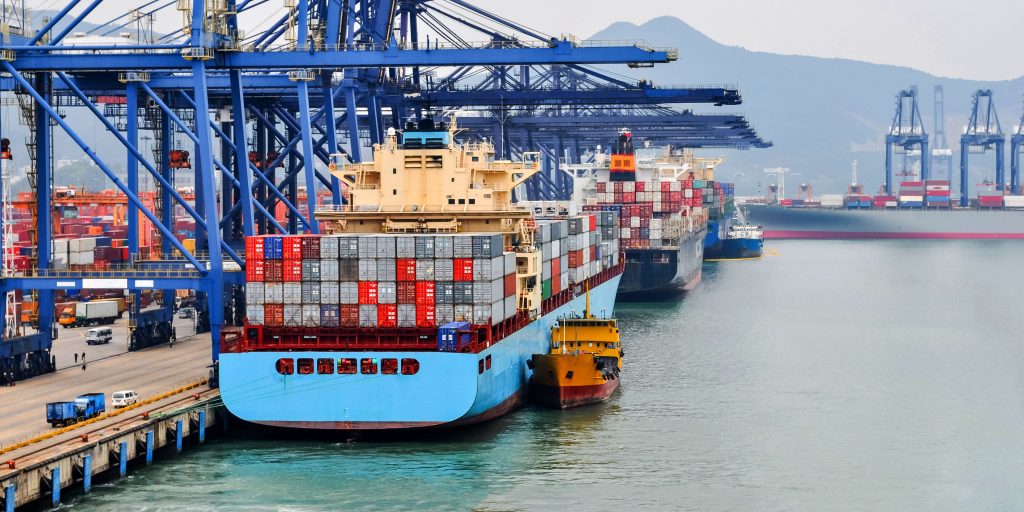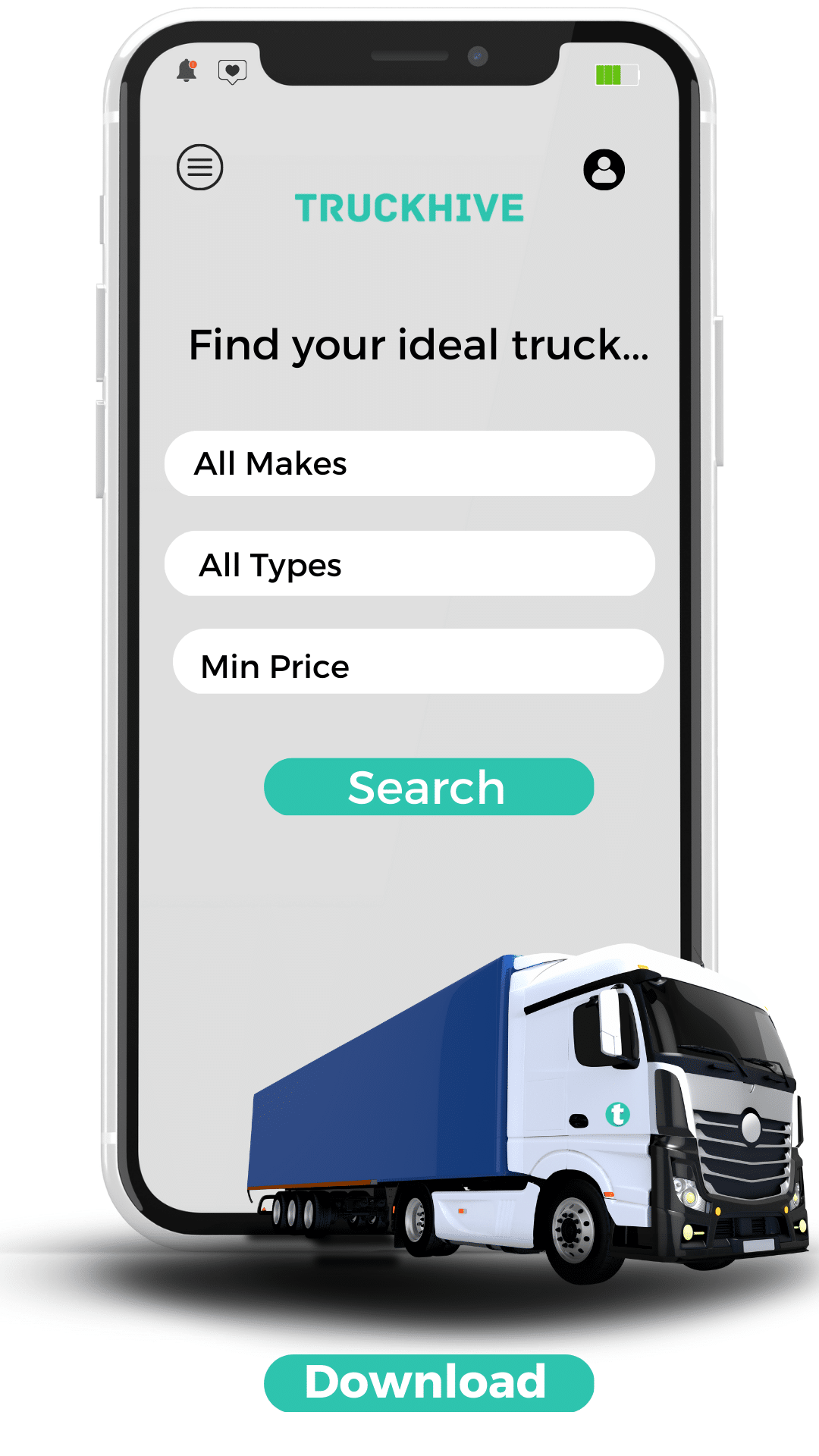

How Truck Owners Can Seamlessly Integrate Into Maritime Logistics
Maritime logistics, at its core, is the intricate coordination of transporting goods via sea, involving the efficient movement of cargo from ports to inland destinations and vice versa.
This multifaceted process requires a seamless collaboration between various stakeholders, and truck owners have a unique opportunity to play a pivotal role in enhancing the efficiency of maritime logistics.
In this article, we will explore the significance of maritime logistics and provide insights into how truck owners can position themselves for success in this dynamic industry.
Understanding Maritime Logistics
Maritime logistics encompasses the planning, execution, and management of the movement of goods across international waters.
It involves the transfer of cargo between ships, ports, and inland destinations, with a focus on optimizing the entire supply chain to ensure timely and cost-effective delivery.
This logistics sector plays a critical role in global trade, facilitating the movement of goods on a scale that is often beyond the capacity of other transportation modes.
Importance Of Maritime Logistics
Global Trade Facilitation
Maritime logistics is the backbone of global trade, enabling the transportation of goods on a massive scale.
The majority of international trade is conducted through seaborne shipping, making maritime logistics a cornerstone of the interconnected global economy.
Cost-Effectiveness
Sea transport is known for its cost-effectiveness, especially for large volumes of goods and long-distance transportation.
Maritime logistics leverages economies of scale, allowing businesses to move significant quantities of cargo at a comparatively lower cost per unit.

Connectivity And Accessibility
Ports serve as vital hubs connecting land and sea transportation networks.
Maritime logistics facilitates the accessibility of goods to various regions, enabling businesses to reach diverse markets and consumers worldwide.
Efficient Cargo Movement
The flexibility of maritime logistics allows for the efficient movement of various types of cargo, including bulk commodities, containerized goods, and oversized shipments.
This versatility accommodates the diverse needs of industries involved in global trade.
Environmental Sustainability
Compared to some other modes of transportation, sea freight is often more environmentally sustainable.
Larger vessels can carry more cargo per unit of energy consumed, contributing to a lower carbon footprint per ton-mile transported.
How Truck Owners Can Position Themselves For Success In Maritime Logistics

1. Invest In Port Connectivity
Establishing a presence near major ports is crucial for truck owners aiming to integrate into maritime logistics.
Proximity to these hubs facilitates quicker turnaround times and positions your trucking business as a reliable partner for cargo transfers between ships and inland destinations.
2. Specialized Equipment Acquisition
Equip your fleet with specialized vehicles capable of handling maritime cargo efficiently.
This includes container chassis, flatbed trailers, and lowboys to accommodate various types of cargo containers and oversized shipments.
3. Technology Integration For Efficiency
Embrace technology solutions that enhance operational efficiency.
Implement tracking systems, route optimization software, and real-time monitoring to streamline communication, reduce transit times, and ensure the secure transportation of goods from ports to their final destinations.

4. Comprehensive Regulatory Compliance
Navigate the complex web of international shipping regulations and local transportation laws to ensure compliance.
Establish robust protocols to meet safety standards, documentation requirements, and other legal obligations associated with maritime logistics.
5. Strategic Partnerships With Ports And Shipping Companies
Forge strong relationships with key stakeholders, including ports and shipping companies.
Attend industry events, engage in networking opportunities, and actively seek collaborations to position your trucking business as a reliable and preferred partner in maritime logistics.
6. Last-Mile Delivery Solutions
While maritime logistics primarily focuses on long-distance transportation, offering last-mile delivery solutions can provide a competitive edge.
Collaborate with local distribution centers and warehouses to offer seamless door-to-door delivery services, extending the reach and appeal of your trucking services.

7. Diversification Of Services
Consider diversifying your service offerings to provide a comprehensive suite of logistics solutions.
This may include services such as warehousing, cross-docking, or freight consolidation, making your trucking business a versatile and indispensable player in the maritime logistics ecosystem.
Conclusion
As the pulse of global trade, maritime logistics presents a wealth of opportunities for truck owners seeking to expand their horizons.
By strategically positioning themselves near major ports, investing in specialized equipment, embracing technology, ensuring regulatory compliance, and fostering strong partnerships, truck owners can navigate the waters of maritime logistics successfully.
With a commitment to efficiency, adaptability, and customer satisfaction, trucking businesses can set sail for lasting success in this crucial sector of the global supply chain.
Add a comment Cancel reply
Categories
- Blog Posts (43)
- Buying Tips (5)
- Selling Tips (4)
- Truck Reviews (17)
Recent Posts
About us

Meet Percy, the blog editor who knows his semicolons from his emojis, and his coffee order by heart. He may spend most of his days glued to a computer screen, but don’t let that fool you – he is a superhero at midnight (as long as there’s enough caffeine involved). When he is not editing blog posts, you can usually find him daydreaming about his next snack break or planning his next witty tweet.
Related posts


Protecting Your Trucking Logistics Cargo

The Transformative Dynamics Of Trucking Workforce Demographics









